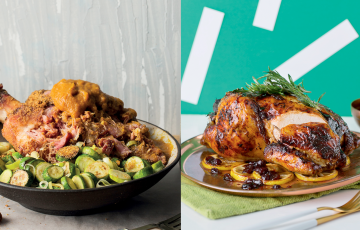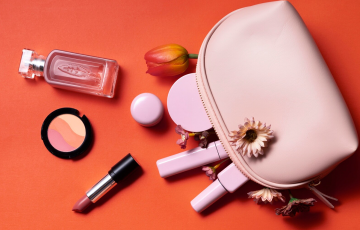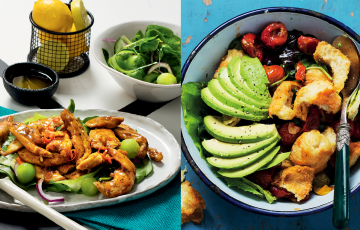19 foods that seem healthy but aren’t
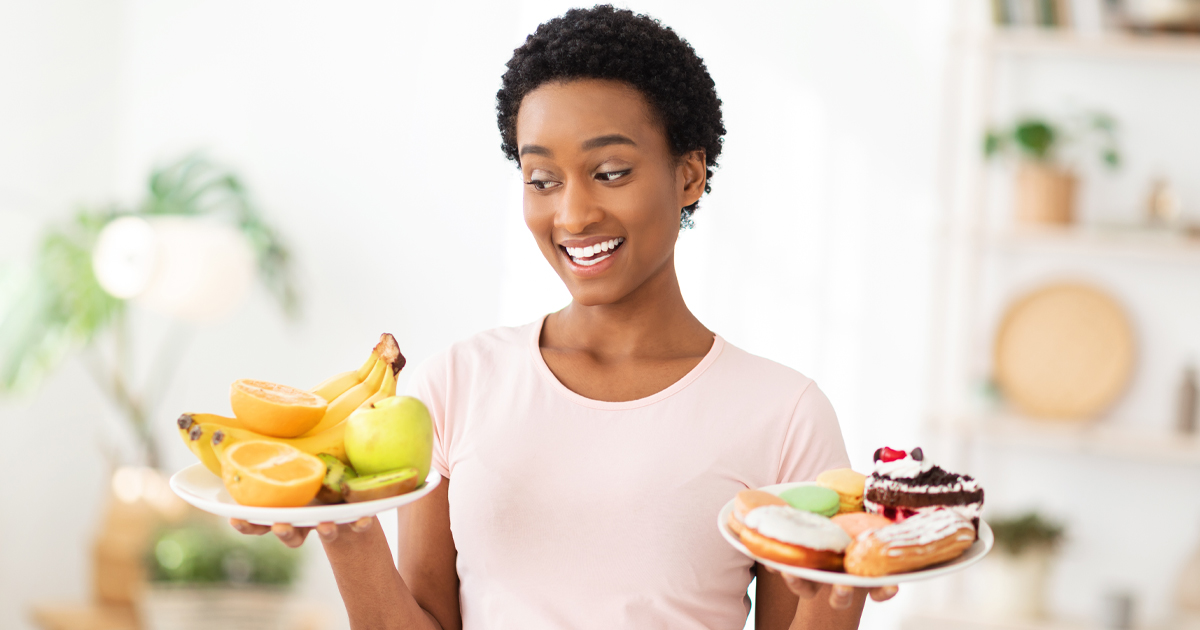
It seems fresh, low on the bad stuff, and high on good ingredients. You think you’re looking at a wholesome snack, but you might be mistaken. Find out more…
Eating what’s best for your body is challenging. It’s hard enough to fight the cravings for the sweet or fatty stuff. What you don’t want to hear, is that the supposed healthy foods aren’t that great either.
The list below tells you what experts agree on about some healthy options. None of them is downright bad. You just need to know that they’re not quite as wholesome as you thought.
1. INSTANT OATS
That flavoured sachet of instant oats looks like an easy power breakfast, but it might have a lot of added sugar. Stick to regular instant oatmeal. Steel-cut oats are even better, since it gives lasting energy, help with weight loss and lowering the risk of heart disease. Make your own plain oats with fresh fruit or cinammon for flavour.
2. GLUTEN-FREE PRODUCTS
Gluten-free is good if you’re sensitive to celiac or gluten. Not for the rest of us. Many gluten-free foods contain rice flour, starches and extra sugar. Don’t eat them unless you need to avoid gluten.
3. VEGETABLE OILS
Use seed and vegetable oils, they say. There’s proof that oils such as canola or grapeseed lower blood cholesterol. But that means they lower a risk factor, not that they’ll prevent disease. Eat healthy, natural fats such as butter and olive oil in moderation, but cut down on processed vegetable oils.
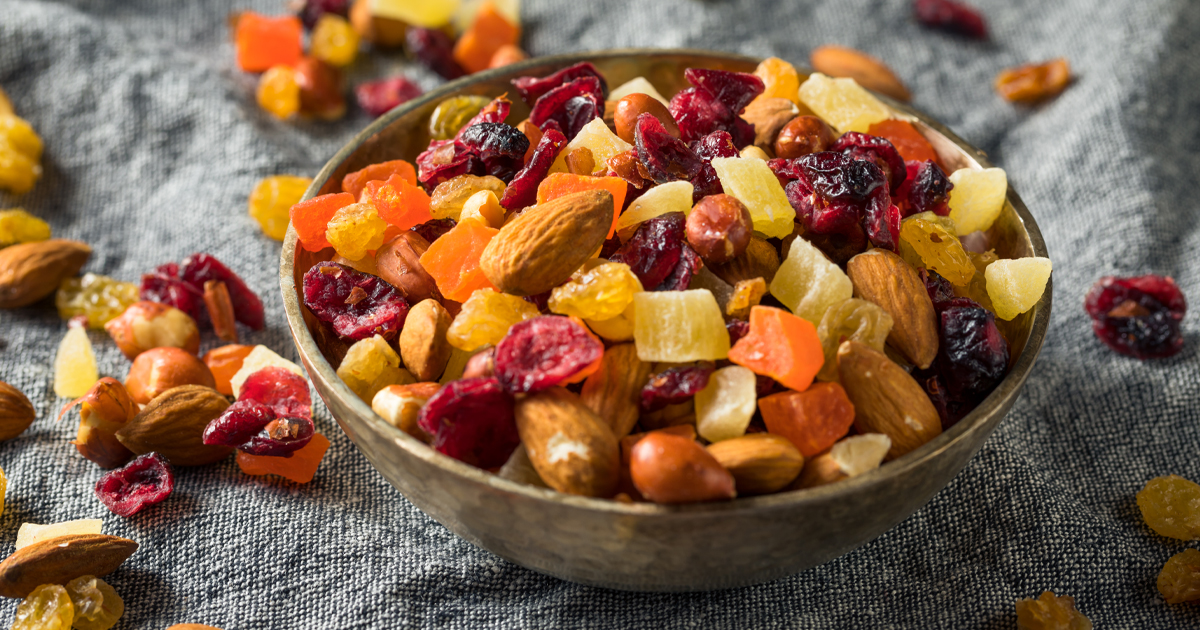
4. DRIED FRUIT
Many brands are sweetened with sugar and preserved with sulphites. Dried fruit often lacks the water-soluble nutrients you get from fresh or frozen. You’re still getting a good dose of vitamins, minerals and fibre, but it’s also easy to overeat.
Related article: Good food that can harm kidneys
5. ANYTHING SUGAR-FREE
Some artificial sweeteners contain aspartame which might play a part in cancer. Others come from natural sources such as agave plants. This is more natural, but avoid it if you have to manage blood glucose carefully. The high fructose content can reduce insulin sensitivity and may worsen liver health, according to Medical News Today. The best option, no sugar at all.
6. ANYTHING FAT-FREE OR LOW FAT
According to a recent UK study, food that is low on fat or fat-free can contain up to 10% more calories and 40% more sugar. Fat gives flavour and when it’s removed, some products are loaded with sugar, corn syrup, salt and other additives to make them tastier.
7. SPORTS DRINKS
These contain salts and sugar which athletes may need in some cases. The rest of us, going about our day, don’t need extra salt or liquid sugar. The sugar level in a sports drink may be a little lower than in a fizzy cool drink, but most people will be fine rehydrating with water during exercise.
8. MICROWAVE POPCORN
Most of the pre-packaged products contain far too much salt, sugar and preservatives. Rather make your own on the stove. Put one layer of fresh kernels in a deep pot with a tight lid. Close and put the stove on medium heat. Wait and listen until the pops are two seconds apart. Take it off the heat and let it cool a bit before taking off the lid. Make some in the microwave in a plain paper bag, such as the kind used for sandwiches. Don’t use one with printing on it (that might catch fire). Put a third of a cup of kernels in the bag, fold the top over three times, place upright in the microwave and cook until the pops are two seconds apart.
9. BOTTLED TEA
Iced tea is full of hidden sugar. Make your own to save calories and money. Bring two cups of water to a gentle boil in a small saucepan. Add six tea bags (rooibos works especially well), take off the stove, cover and steep for 15 minutes. Remove the bags (don’t squeeze them out), pour them into a container and add six cups of cold water. Mix, let it cool, then refrigerate. Flavour with honey, mint leaves or lemon wedges.
Related article: 14 Types of food that can fight stress
10. GRANOLA
Granola is an American breakfast staple. It has the same basic ingredients as muesli, but they are mixed with oil and sweeteners – honey, maple syrup or cane sugar — and baked. Untoasted muesli is usually a better choice because it contains raw, rolled oats and a lot less sugar (unless it’s packed with sweet extras such as dried fruit).
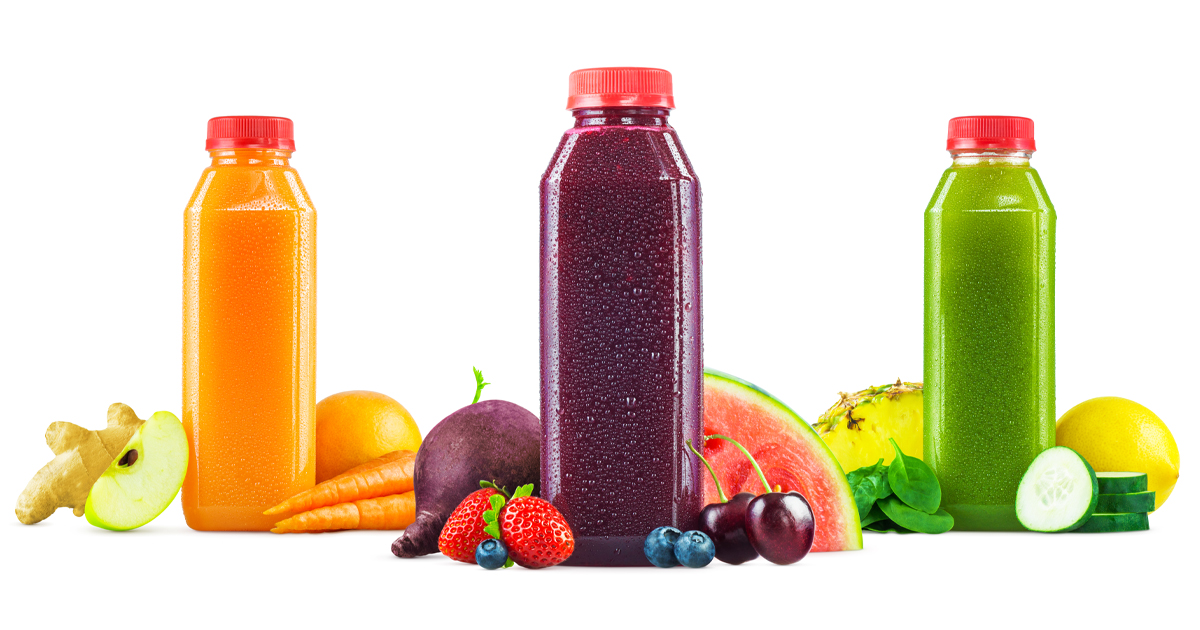
11. FRUIT JUICE
According to the Australian Department of Health, 250 ml of pure fruit juice contains around six teaspoons of sugar. That’s close to the nine teaspoons in a can of cool drink. Water, anyone?
12. SWEETENED YOGHURT
Flavoured yoghurt is loaded with artificial colours, flavours and sugar. A cup of flavoured yoghurt can contain 30 g of sugar – as much as a chocolate bar. Rather get some plain yoghurt and add fresh fruit and maybe a bit of honey.
Related article: Healthy recipes for diabetics
13. MARGARINE
The Framingham Heart Study in America showed that people who replace butter with margarine are more likely to die from heart disease. A tablespoon of margarine can contain more than 2 g of trans fat, increasing the risk of heart disease and high cholesterol. That said, take it easy with the butter as well.
14. DIET COOL DRINKS
Along with their artificial sweeteners, diet sodas are loaded with caramel colour, which Johns Hopkins Bloomberg School of Public Health researchers have found may be carcinogenic, which means it has the potential to cause cancer.
15. COUSCOUS
Many people think couscous is a grain but it’s little balls of semolina, a refined grain that lacks fibre and is also used to make white pasta. Try whole-wheat couscous or healthier whole grains such as quinoa.
16. BRAN MUFFINS
Bran is the outer layer of grains such as wheat, rice and oats. It’s rich in fibre, protein, vitamins and low-glycemic carbs. But pre-made muffins are often loaded with sodium and sugar. Bake your own at home to control the ingredients and size.
17. PRETZELS
They’re made with white flour, which quickly converts to sugar in your body, spiking blood sugar and making you feel hungrier. So you finish the entire bag. Rather snack on something high in protein and fibre.
18. WHOLE-WHEAT BREAD
Most whole-wheat products aren’t made from whole wheat. The grains have been ground into very fine flour, which causes them to raise blood sugar as fast as refined flour. Avoid bread that has the word “enriched” at the top of the ingredient list. Choose bread that lists whole grains such as whole wheat first.
19. SUSHI
The fish is healthy, but you’re eating mostly white rice and dipping it in soy sauce (too many refined carbohydrates and sodium). Pick the sashimi (more fish), brown rice if it’s on offer and some vegetables on the side. Try wasabi for flavour instead of dousing the food in soy sauce.
In the end, the main thing is moderation and balance in what you eat. And the closer any food is to its original state, the better.
“Food is about enjoyment and nourishment to the body as well as the soul,” says US nutrition expert Lilian Cheung. “Choose what you eat mindfully and enjoy. Be aware and sensible about your choices, because it’s your health and well-being.”
Sources: https://spoonuniversity.com, https://www.eatthis.com, https://www.mensjournal.com, https://www.healthline.com, https://www.henryford.com, https://www.aia.com.au, https://www.thehealthy.com, https://www.hsph.harvard.edu.
Related articles
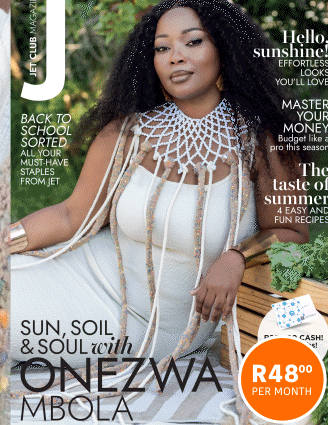
Latest Jet club magazine
We’ve got the latest trends, exciting prizes and exclusive savings just for you!
Jet Club will not pass your details to anyone else. By clicking the subscribe button you confirm you have read and agree to the Jet Club Terms and conditions and Jet Club Privacy Statement.
Subscribe